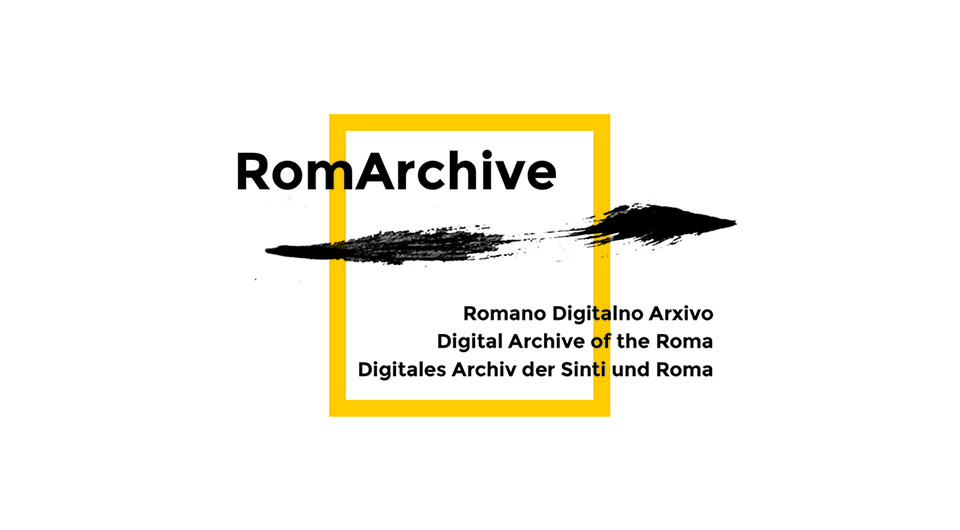DEUTSCH | ROMANES
Collection Policy
- RomArchive respects the diversity among Roma[1]. All sections will try to prevent homogenization and essentialization of the Romani identity by covering as many artistic expressions as possible. Artists will not be included in RomArchive against their will.
- Agreement on a common appellation for all Romani communities: “Roma” (en), „Sinti und Roma“ (ge). These terms do also include those who lay claim to being Roma. If other appellations are used, either by outsiders or as self-identifiers, they will be contextualized in the presentation.
- The diversity of Romani artistic approaches: Romani arts and cultures will be represented as a component and contribution to national and regional cultures in Europe and beyond. RomArchive does not intend to be self-segregating. The archive’s collection will focus on not only well-known, but also lesser-known Romani artists. Artistic excellence, not just ethnic background, will be the key selection criteria. The focus of the collection will be on quality, not quantity. The selection will be left to the judgment of the individual curators.
- Roma as historiographers; the archival focus will be on Romani self-representation. Work containing obvious and personal discrimination may only be included in the archive with contextualization and critical commentary. This applies equally to art produced by Roma themselves.
- Putting the background of RomArchive curators in the context of their curatorial work fosters the construction of Romani artistic and cultural productions and critically reflects on the established hierarchy of non-Romani and Romani perspectives.
- Respect for gender perspective. Where necessary, gender perspective should be emphasized in the piece’s description.
- RomArchive respects authorship and licensing rights, personal rights and copyright.
- All languages are welcome. Presentation and contextualization of the objects will be translated into Romani, English, and German at minimum.
- Peer reviews shall be used within and across all sections during the collection process as much as possible.
- During the collection process, all sections will, whenever possible, create space for Romani artists to reinterpret their work, as well as for interaction with other curators and artists. They will get involved in with current debates, will oppose the colonial point of view, create space for critical thinking, and cultivate emancipatory potential vis-a-vis fixed white perspectives.
- All archive material should be accompanied by contextualization.
- The target groups of RomArchive are the Romani as well as non-Romani public, educators, scholars, organizations and individuals, survivors and their families, and institutions, in particular those dealing with arts and culture.
- The material acquired by the curators for RomArchive will become part of the archive.
- The curators shall meet the highest technical requirements regarding the digitization. If, in exceptional cases, these requirements cannot be fulfilled, the ultimate criteria for selection are the artistic quality and the historical relevance of the item.
1. The term “Roma” is used to encompass the wide diversity of the groups covered by RomArchive: on the one hand a) Roma, Sinti/Manush, Calé, Kaale, Romanichals, Boyash/Rudari; b) Balkans: Egyptians and Ashkali; c) Eastern groups: Dom, Lom and Abdal; and, on the other hand, groups such as Travellers, Yenish, and the populations designated under the administrative term “Gens du voyage”, as well as persons who identify themselves as Gypsies.↩
WHAT WOULD YOU LIKE TO READ NEXT?
Back to the BLOG
FURTHER INFORMATION ON THE PROJECT
About RomArchive
FAQ (Frequently Asked Questions)
Press Area
Project Participants & Archive Sections
Ethical Guidelines
Collection Policy
Sponsors | Partners
Privacy Statement
Imprint | Disclaimer
